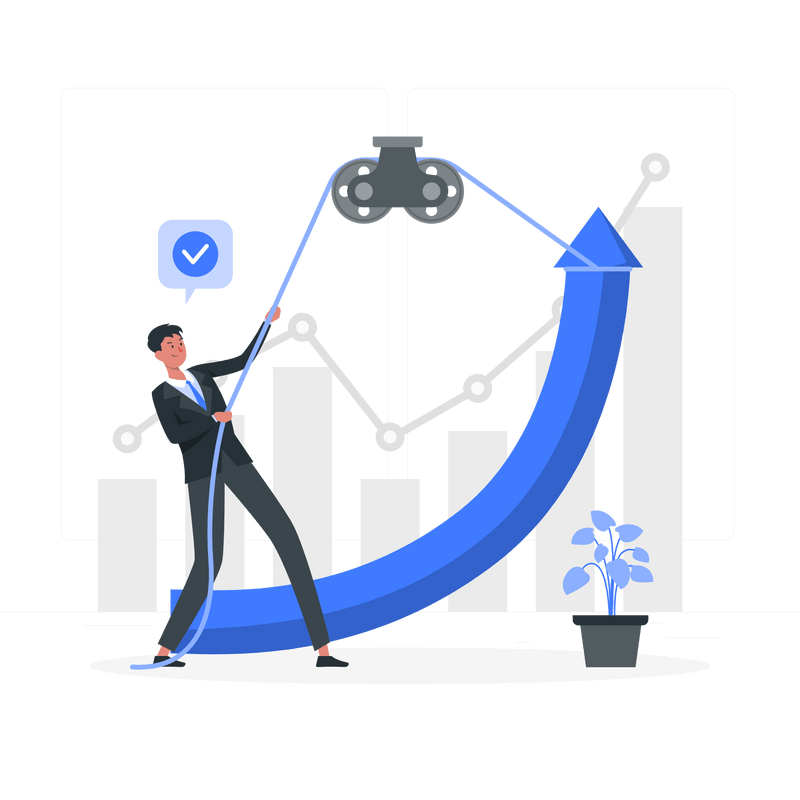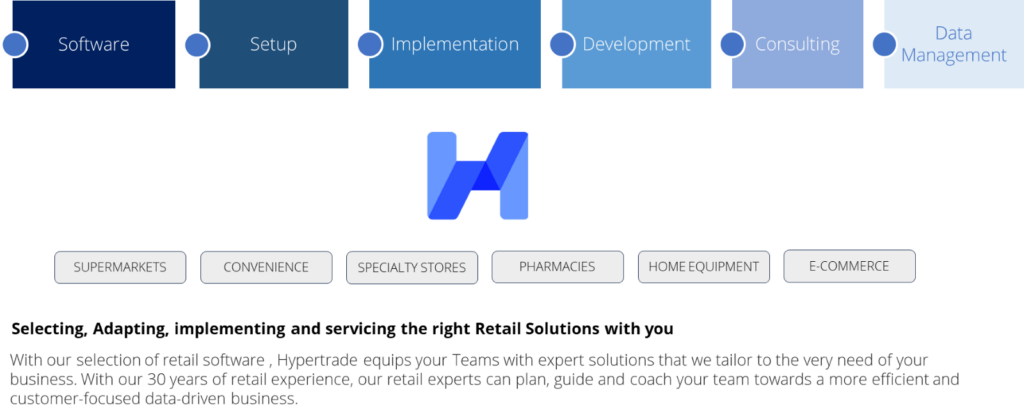Your business needs to have a deeper understanding of your customers if you want to remain competitive and relevant in the market. Knowing your customers’ demands will give you an idea of how to tailor your operations to be more profitable. But keeping track of their varying demands can be tough. Fortunately, you can use tools such as customer data analysis software to help you gather and analyze your customers’ behavior, preferences, and needs.
According to Deloitte, 82% of consumers prefer doing businesses with brands that can respond to their needs than with businesses that pursue their own self-interest. This goes to show how important it is to take a customer-centric approach in your business. Engaging in customer data analysis would ensure your customers’ satisfaction and loyalty. With that, here are some of the best practices you can use in your customer relationship management or CRM data analysis to save time and optimize your operations.
1. Automate data collection
Every interaction with your customers yields valuable data that you can use to improve your business processes. Whether they are purchasing something from your brand or simply making an inquiry, you can learn a lot from every point of contact. The challenge now is how you can extract such data from each interaction.
Fortunately, you don’t have to do it manually. Nowadays, there are various customer behavior analysis tools that can automate your data gathering. It monitors and tracks your customers’ behaviors during transactions. Likewise, it can also take note of general customer trends and behaviors beyond your interactions with your own customers. This gives you a more complete and comprehensive overview of consumer demands within the market.
2. Centralize customer data
Working in silos can be inefficient in the long run. The same is true when it comes to customer data analysis. Instead of having a separate customer database for each department within your organization. It would be better to consolidate them in a single, unified platform that is accessible across departments.
For example, a CRM for retailers would be a great platform where retailers can store customer data. It is an all-in-one platform that collects and analyzes individual customer data to help improve your relationships with each one. This helps with segmentation and personalization. But most importantly, it centralizes such data and makes it accessible to important stakeholders within your organization. This includes your marketers, sales agents, customer support agents, and more.
3. Clean your data
To get accurate results from your customer data analysis, you must ensure that you captured the right data in the first place. Hence, an important aspect of customer data management is cleaning it. This means inspecting the data to look for errors and inconsistencies. If there are any, you fix or remove these outliers. From there, you test the changes for their validity. Finally, you can log those changes and report on overall data quality.
The more your business grows, the more you become overloaded with data. As a result, this takes more time and expertise to organize, clean, and check the data you are gathering. By then, it would be better if you consider subcontracting your customer management. Doing so allows you to spend less time cleaning and enriching your data and focus more on implementing actionable insights into your operations.
4. Turn data into actionable insights
Customer data has various uses for your organization. But in its raw form, it is neither useful nor actionable just yet. You need to take time to see what the data is saying. This means identifying patterns, trends, and anomalies across the KPIs that you have set beforehand.
Keep in mind to remain as objective as possible when analyzing your customer data. Avoid shaping the data to get the result you want. Rather, you should let the data speak for itself and accept whatever the conclusion is.
Thankfully, there are several types of data analysis in CRM that you can use to turn data into actionable insights. This automates the process and ensures that you get accurate results. Most importantly, it presents these insights into digestible formats such as charts, graphs, and reports.
5. Use insights to make smarter decisions
By extracting insights from your customer data, you can now implement these insights into your operations. It helps you determine what processes need to improve to accommodate your customers’ demands. Moreover, it gives you insights into how you can also improve your product and service quality
As a result, you now have information that you can use to make smarter decisions for your company. So rather than let it go to waste, make sure to pay special attention to them and incorporate them into your future strategies.
Choosing the right tools
Nowadays it is important for your business to take a customer-centric approach in its operations. Through customer data analysis, you can optimize your processes and make them more profitable. But most importantly, this allows you to create the best customer experience for your consumers. So go ahead and invest in various digital tools to help you leverage accurate customer data analytics into your operations.







